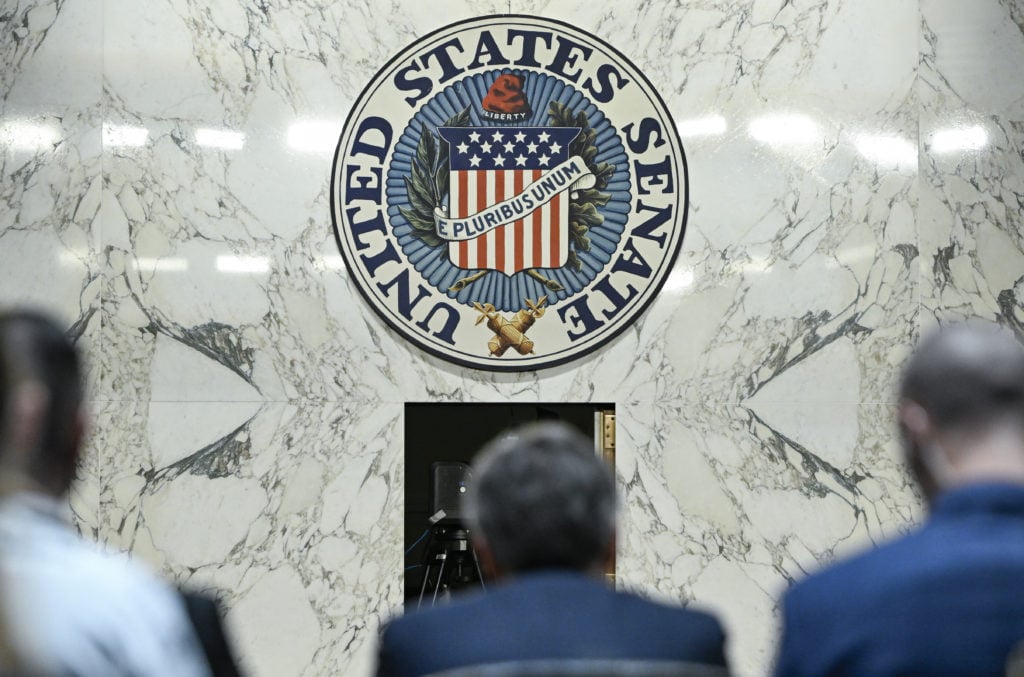On the ballot this year are 34 Senate seats. Democrats start with a disadvantage. They are defending 23 of those seats. Republicans are defending just 11.
To take over the Senate, Republicans do not need to do much. They need either a net gain of 1 seat if they also win the White House (and with it the ability to break ties), or a net gain of 2 seats if they don’t win the White House.
The most likely flip. In West Virginia, Democrat-turned-independent Joe Manchin’s retirement has opened up a seat that almost certainly will flip to Republican. (The Cook Political Report rates this likely a “Solid Republican” seat now, meaning it is nearly a sure thing that the GOP wins it.)



.